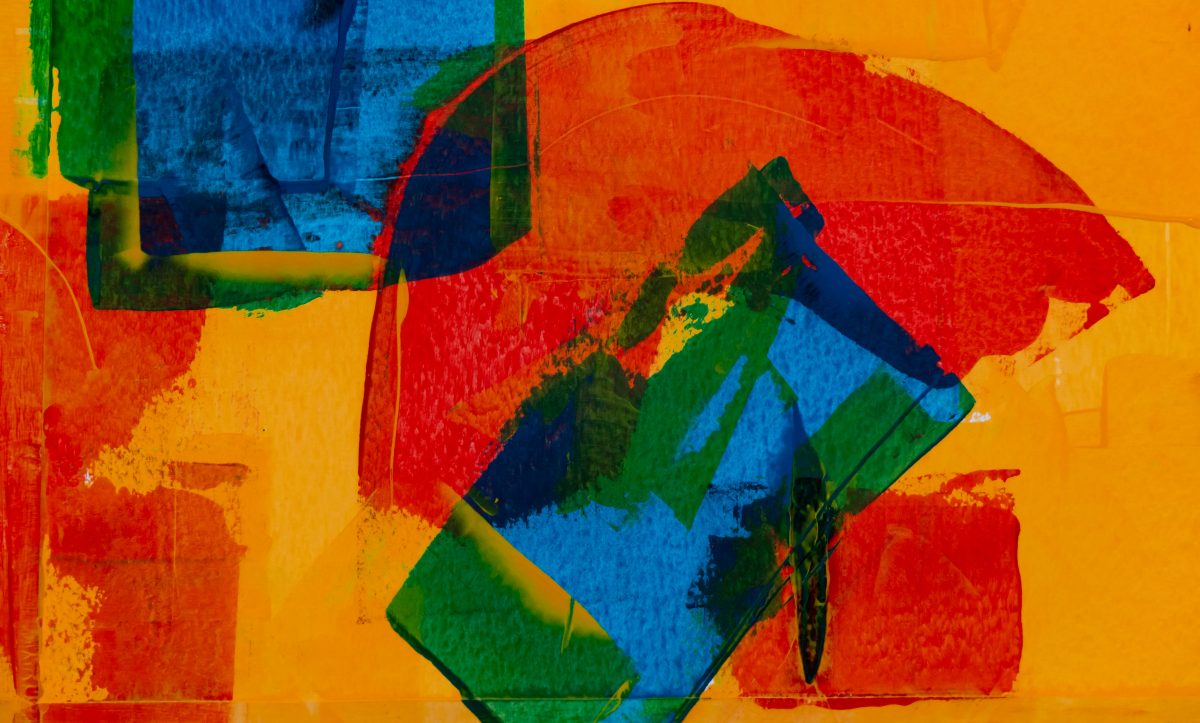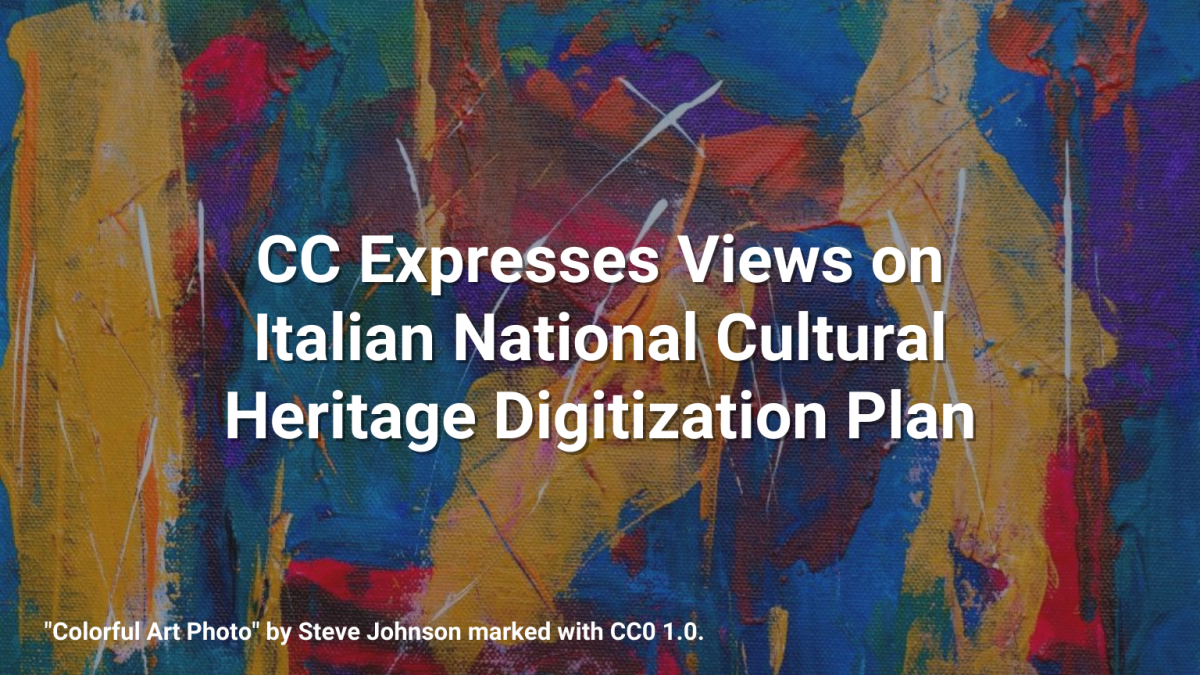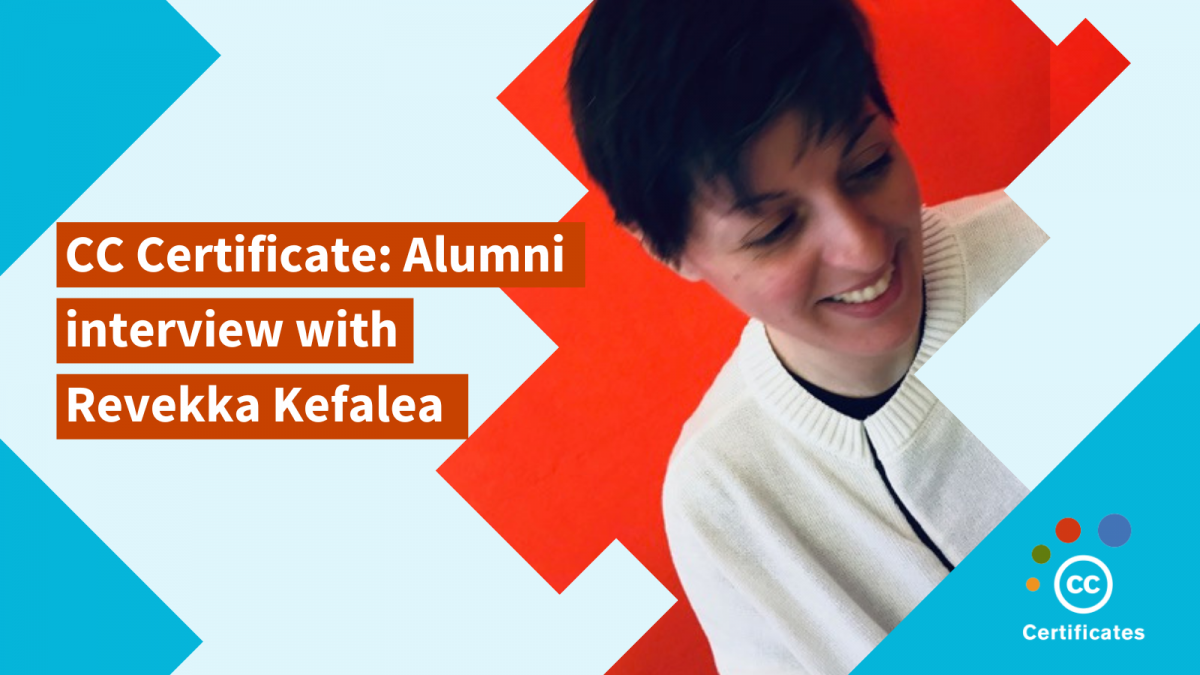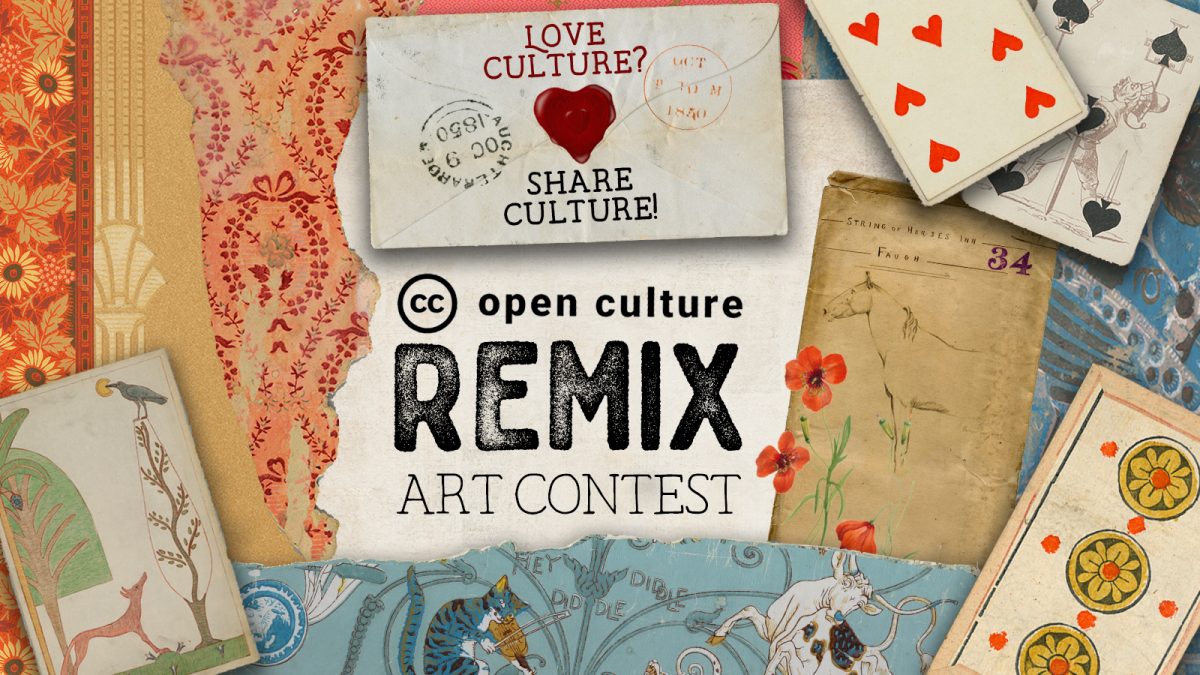In October 2021, Creative Commons launched acall for case studieson open access in cultural institutions such as galleries, libraries, archives and museums (GLAMs), from low-capacity, non-Western institutions, or representing marginalized,underrepresented communities from various parts of the world.
The aim of the open call was to help generate a more global, inclusive, and equitable picture and understanding of open GLAM, highlighting the needs and expectations of a variety of communities and institutions from diverse regions and backgrounds.Eight successful case studieswere selected, and in this blog post, we are pleased to share key highlights from each of them.

Disseminating Open GLAM principles in Brazil (Illustration “Some other lines”, based on the hydrographic network of the Amazon River Basin, byPatrícia Yamamoto, CC BY-NC-ND 4.0)
Commons Voices: contributing life histories to the open knowledge ecosystem in Brazil by Wiki Movimento Brasil
Authors:João Peschanski and Erica Azzellini
本案例研究的重点是Wiki Movimiento Brazil和Museu da Pessoa,后者是巴西一个收集和传播口述历史的虚拟博物馆。这个独特的机构展示了一种众包的生活收集,以及将12000多份体现生活的非物质社区遗产的历史带到开放知识生态系统的重要性和方法上的挑战,包括与内容许可相关的挑战。Read the entire case studyhere.
The state of digital collections within Chilean Public Museums in 2021
Author:Patricia Diaz-Rubio
What is the current situation of Chilean public museums’ digital collections? What are the limits encountered by institutions regarding these collections? These are some of the questions this case study aims to answer. It presents the current status of open access policies and practices in Chilean GLAMs, and how they are used (or not) to promote and disseminate their contents. It also reveals a digital divide between the municipal museums and the museums belonging to the National Direction of Museums from the National Service of Cultural Heritage (SNPC) network, as the former have a minimal online presence and do not have the online environments to disseminate their heritage collections.Read the entire case studyhere.
Inside the Badagry Slave Heritage Museum in Nigeria: A Case Study
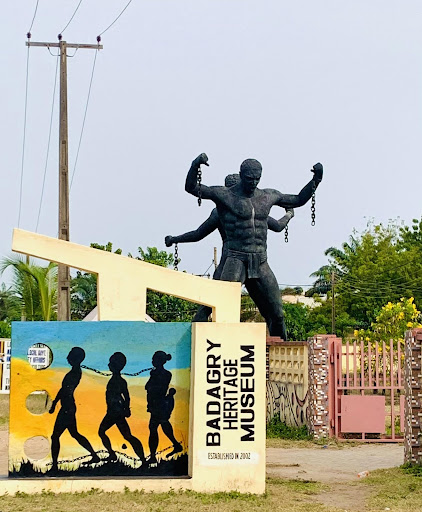
Author:Charles Ikem
This case study transports us to the Badragy Slave Heritage Museum in Nigeria. It analyzes the barriers and challenges to digitizing heritage collections and creating digital spaces for disseminating knowledge about the rich histories and cultures of Africa, as well as the injustice and horror of the transatlantic slave trade. The obstacles are numerous, from copyright limitations to the problem of funding digitization and online access to team opposition based on the misconception of a supposed loss of footfall revenue by allowing users to access the collections online. However, as Charles argues in his case study, making these collections openly accessible could allow for sharing, re-sharing, and building new research on the colonial past and its teaching.Read the entire case studyhere.
Better together! Małopolska Virtual Museums — a regional hub for digital heritage
Author:Marta Malina Moraczewska
This case study highlights the results of an innovative digitization project based on establishing a hub for best open GLAM practices in cooperation with 48 small and under-resourced institutions from Malopolska, which agreed to open licensing principles. Today, this project displays around 2600 objects, easily accessible on the MVM portal, Wikimedia Commons and Sketchfab, significantly increasing collections’ outreach up to 250 000 times per month.Read the entire case studyhere.

Open GLAM Case Study on open access cultural heritage outlook in Karachi, Pakistan
Authors:Prof. Muhammad Imtiaz Subhani and Amber Osman
本案例研究调查了巴基斯坦卡拉奇的GLAM机构,以及他们与开放的GLAM运动的结盟。研究表明,尽管各机构已经将馆藏数字化,但普遍缺乏对开放式GLAM实践的意识。在开放许可证下,集合不能共享,也不能在网上免费获得。一些机构使用u盘来共享藏品,这要求用户和研究人员为了工作需要亲自前往访问藏品。Read the entire case studyhere.
Spreading the Creative Commons and Open GLAM principles in Brazil
Authors:Giovanna Fontenelle and Juliana Monteiro
本案例研究介绍了在2020-2021年2019冠状卡塔尔vs葡萄牙分析病毒病大流行的背景下,巴西知识共享组织对巴西glam的外联和支持工作。它扫描了这个倡议的挑战和来自GLAM社区的反馈。它为其他知识共享章节提供了鼓舞人心的想法,并倡导克服共享障碍,推动开放GLA卡塔尔vs葡萄牙分析M。Read the entire case studyhere.
Case Study of Open Access practices: Limitations and Opportunities in Public Libraries in Nigeria
Author:Isaac Oloruntimilehin
本案例研究突出了尼日利亚多个地方公共图书馆目前的开放获取做法,包括获取文化遗产材料。它研究了图书馆领域遇到的机遇和挑战,例如缺乏对开放许可和知识传播的最佳实践的认识,以及缺乏对文化遗产和教育机构的支持性法律框架。此外,该案例研究强调,围绕互联网连接和电力供应的数字鸿沟是公平获取教育和遗产藏品的根本障碍。Read the entire case studyhere.
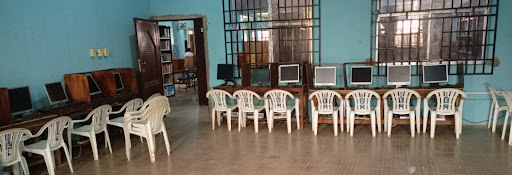
Roadblocks to Openness and Digitisation; Campaigns to digitally preserve treasures in the tiny of the first printing press in Asia: Successes, part-successes and failures
Author:Frederick Noronha
This case study discusses the barriers to digitization and access to heritage content in the city of Goa, India. While the city has held a central place in disseminating knowledge by hosting the first Gutenberg press in Asia in 1556, today many heritage collections lie behind institutions’ physical and digital doors. However, some institutions are digitizing despite a global lack of consolidated open GLAM policy and suffer from a lack of financial and technical means.Read the entire case studyhere.
While these case studies were developed in a variety of contexts, touch on many different topics, and cover a wide geographic span, they all highlight the crucial importance of preserving and openly sharing cultural heritage collections, and information and stories about them, for current and future generations.
They also show common threads in terms of challenges and barriers preventing or limiting GLAMs from providing open access to their cultural heritage collections. These include a lack of financial resources, lack of copyright and open GLAM expertise, Internet connectivity issues, as well as absent or deficient exceptions and limitations to copyright. This points to the needs of institutions for better support and infrastructure to achieve their public interest missions in a global digital environment.
We hope these case studies will feed into the global conversation around open GLAM andopen culture,and that they will provide some insights to guide the development of avenues of engagement for low-capacity or non-Western institutions, or those representing marginalized or underrepresented communities all over the world.

